This sweetie and I have been through so much together . . . she was a brat when she was 2 and 3, due to hormones since we didn't spay her, but this past year she's been getting sweeter again. She still acts like a baby most of the time even though she is getting older.
I found out recently that Elsie is developing a cataract in her right eye sadly:(. Her left eye is completely normal. Because of this, I've been researching everything I could find on the subject of cataracts and blindness in rabbits because I've never had to deal with something like this before. I want to share with you the information I have learned.
This will probably be a long post.
See that mistiness in her eye in the picture below? That's the cataract. Cataracts eventually lead to blindness, but they develop slowly. It will probably take several more months (maybe even a year or more), before she is completely blind in that eye, since the cataract is still very small.
Cataracts cannot be treated, but they can be removed with surgery. It is a very risky and very expensive surgery. Since Elsie is getting older, it is not something that I want to risk. The likelihood of her passing during surgery is very high.
Because rabbits rely heavily on their sense of smell and hearing anyway, being blind actually doesn't have a huge affect on a rabbit, as long as they are kept in a safe environment.
What is a cataract?
"The word cataract comes from the Latin “cataracta”, or from the Greek katarraktēs, meaning waterfall. It refers to a decrease of the transparency of the eye lens, which can be partial or affect the whole lens. Consequently, a reduced amount of light passes through the lens. The ability to focus and clarity of eyesight will decrease with time. This is accompanied by a loss of sensitivity to contrast. The ability to see objects is little affected when light is intense and the lens is only partially affected, but can lead to full blindness when the opacity of the lens is total and affecting both eyes." (Medirabbit)
What causes a cataract?
Cataracts can be related to genetics, age, e. cuniculi (which is a parasite and related to head tilt), or trauma to the head or eye.
In Elsie's case, it is age. Cataracts can be in both eyes, and in most other cases they are. But with Elsie, it's only in her right eye.
After a rabbit is blind, what can be done to make sure they have the best life possible and stay safe and happy?
When they first start losing their eyesight, confine them to a smaller room if they normally free range throughout the house. Since rabbits rely heavily on their scent and hearing anyway, being blind actually doesn't affect a rabbit as much as a human.
Try to change the rabbit's housing as little as possible now that your rabbit is blind. They do use their scent and hearing, but also they rely heavily on their memory to tell them where the entrance to their cage is, where the litter box is, the water bottle and food dish, all the stuff.
Keep a schedule. Feed your rabbit at the same time every day, make sure it doesn't run out of water, that kind of stuff. The kind of stuff you should be doing anyway . . . ;)
Provide your rabbit with a hidey house or something they can hide in. Elsie has been loving this paper bag I gave her recently. She never gets scared so she doesn't hide in it, she just loves to eat it and sit in it. It's nice and cozy to her.
When you approach your rabbit, lean to pet your rabbit, or anything of that sort, speak in a soft voice to the rabbit first so it knows who you are. Strangers are going to be scary now more than ever.
The rabbit will startle easier, and may be more reluctant to leave the cage and explore at first. Don't worry. Your rabbit will get used to being blind sooner than you think. Because most rabbits lose their eyesight so slowly, by the time they are fully blind they are usually already to used to their surroundings and know how to cope.
Rabbits that have lost their eyesight generally do not like being picked up. They become disoriented when they are put back down, so try to limit the amount of time you pick your rabbit up. Try to do everything at his level from now on.
Oh Elsie . . .
Now that Elsie is getting older, as it is with most pets, health problems are more likely. Elsie has never been sick, injured, or anything, until just recently. But now that she's five, and unspayed rabbits typically only live about 7 years, sicknesses and injuries are easier for her to get. Of course the final age she'll get all depends on diet, exercise, etc.
I am so thankful for this precious girl. If it hadn't been for Elsie, Holly's Hollands Rabbitry would not exist. This girl has been so hard to deal with at times - but I love her. She's special. I swear she's one of a kind :)
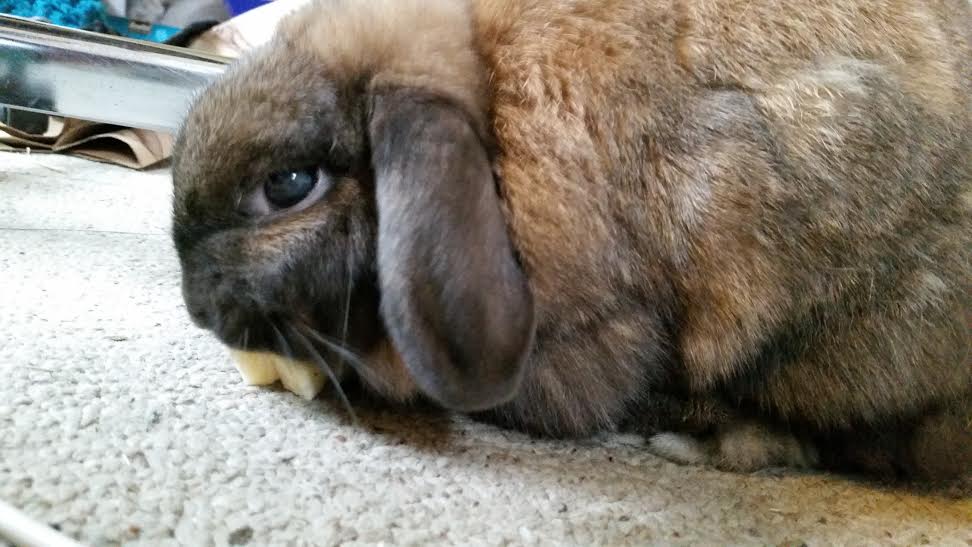
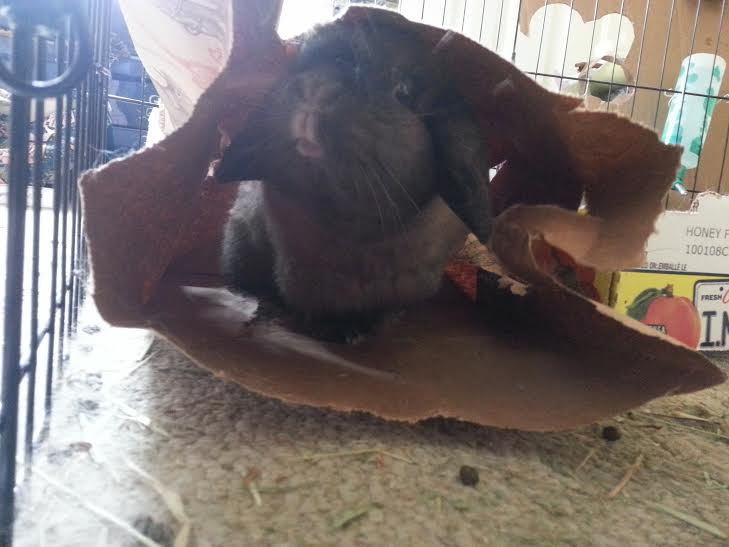
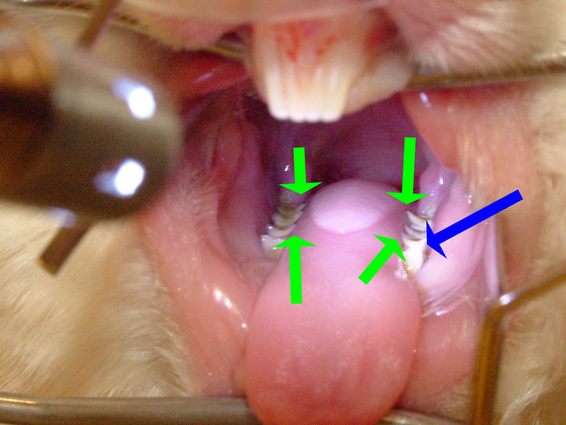
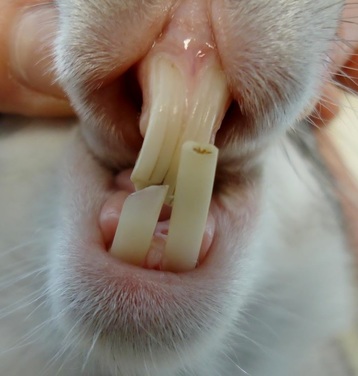
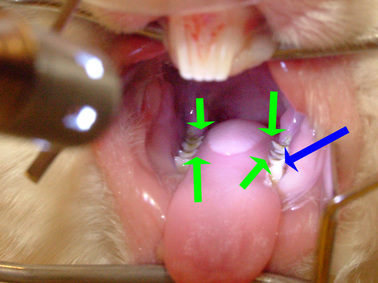
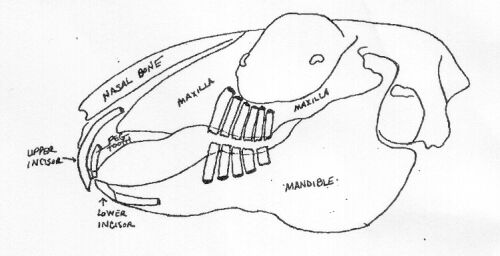
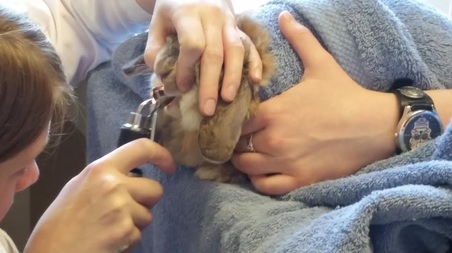
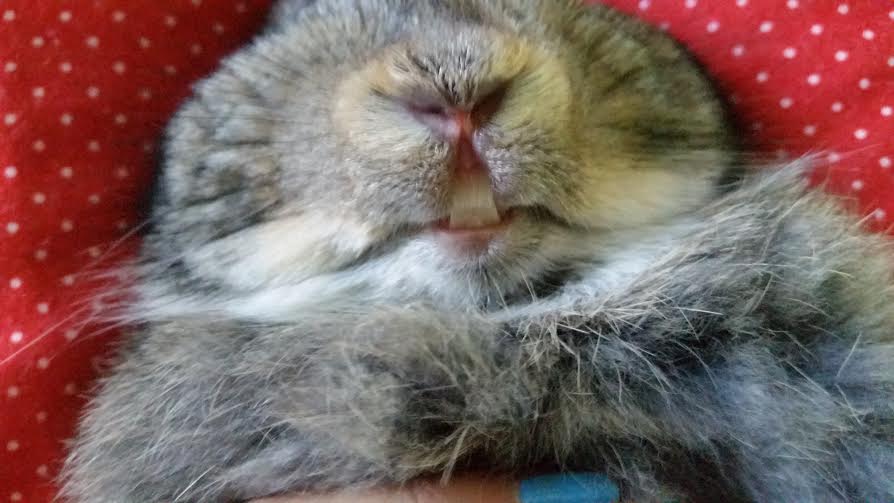
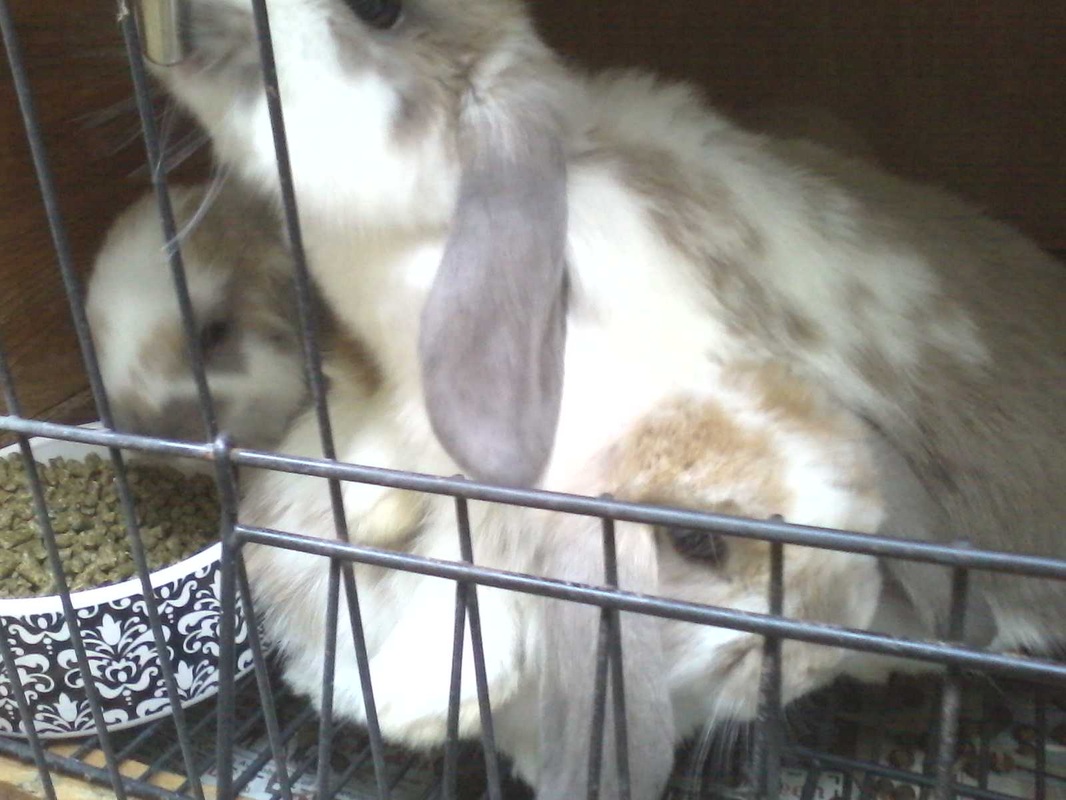
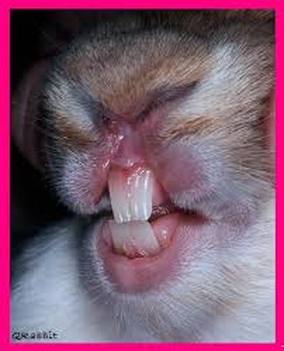
 RSS Feed
RSS Feed
